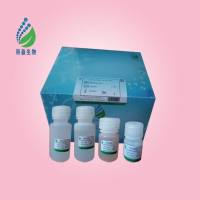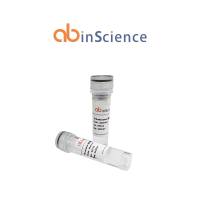yeast:Assaying mating
互联网
Setup
You have yeast strains that are deficient in mating (eg Ste12 knockouts) and would like to test whether transforming them with a plasmid that contains genes that are supposed to complement the mating deficiency actually restores the ability to mate.
Principle
You''ll need two strains to use as mating tester strains, one MATa strain and one MATalpha strain; these tester strains should have mutations in an unusual auxotrophic marker, like lys1.
The principle of the assay, which is simply done on agar plates, is that if the experimental strain, which should have at least one of the more common auxotrophic markers (e.g., trp1 or ura3), is mated to the mating tester strains, any resulting diploids will be able to grow on synthetic medium with no added nutrients but neither haploid will be able to grow.
Alternatively, or in addition, using the same principle, the strains can be mated to each other eg by transforming the MATa strain with, for example, any URA3 plasmid (like the pRS316 vector) and transforming the MATalpha strain with, for example, any TRP1 plasmid (like the pRS314 plasmid) and then mating the two strains together--only the diploid will grow on the minimal plates.
Materials
- MATa and MATalpha tester strains with unusual auxotrophic markers (eg lys1)
- YPD plates
- Synthetic dropout plates with added nutrients to grow your tester strains
- Minimal synthetic plates with no added nutrients (just YNB, glucose, agar, water)
- Velvets and a replica block for replica plating
- Strains to be tested, with and without the plasmid(s) transformed into them
Protocol
- Patch your strains and appropriate positive and negative controls on the same plate E.g., you can make 1 cm x 1 cm patches on a single -ura plate of the following strains: your MATa strain transformed with an empty URA3 vector, your MATa strain transformed with a URA3 plasmid containing the genes that are supposed to restore mating, a control MATa strain that is URA3, a control MATalpha strain that is URA3
- Grow for 1-2 days at 30 degrees
- Take a glob of tester strain (a sphere with a diameter about 1-1.5 mm) with a toothpick from a colony or patch on a plate, and resuspend in 1 ml YPD liquid in a 1.5 ml tube. Vortex vigorously to mix.
- Pipet 200 ul of tester cell suspension on a YPD plate and spread evenly. Allow to dry for 5-60 min.
- Replica plate cells from your patch plate (made in 1 above) onto the plate that has evenly spread tester cells (made in 4 above).
- Incubate at 30 degrees for 6-18 hrs to allow mating to occur
- Replica plate cells from your mating plate (made in 5 above) onto a minimal synthetic plate with no added nutrients
- Incubate at 30 degrees for 2-3 days
- Diploids should grow and haploids should not grow, allowing you to detect mating as growth







